How to Tell When Your 'Tough Boss' Is Really A Toxic Boss

The “tough boss” is everywhere. In movies, they range from the domineering, impossible-to-please boss who rules by fear like Miranda Priestly in “The Devil Wears Prada” and Gordon Gekko in “Wall Street” to the demanding-yet-encouraging leader who makes their challenging behavior worth it, like Jaime Escalante in “Stand and Deliver.”
They work among us, too. The latest person to claim the term is Minnesota Sen. Amy Klobuchar (D), who responded to allegations of staff mistreatment by referring to herself as “tough.” As HuffPost reported last week, some former employees said Klobuchar berated them in emails, tasked them with running personal errands like washing dishes in her home and picking up her dry cleaning, and was “prone to bursts of cruelty” that drove people to resign. Her reputation for mistreating staff led to at least three potential staffers to decline to join her 2020 presidential campaign and, sources said, it also had previously prompted a private rebuke in 2015 from the Senate minority leader. Further allegations or evidence of mistreatment were subsequently reported by BuzzFeed News and Yahoo News, which is part of Verizon Media, HuffPost’s parent company.
Some other current and former staffers and Klobuchar’s campaign spokesperson disputed the allegations. The senator chalked her management style up to “high expectations.”
“Yes, I can be tough, and yes, I can push people” Klobuchar said Sunday. “I have high expectations for myself, I have high expectations for the people that work for me, but I have high expectations for this country.”
Many of us will encounter a tough boss. We asked experts how to understand the difference between a good tough boss and an abusive, bullying one.
What does “tough” even mean?
In offices, toughness is a vague descriptor of strength. How the word is deployed depends on the boss-employee relationship.
At best, it can be a synonym for assertive leadership that holds people accountable. Amy Edmondson, a professor of leadership and management at Harvard Business School, said that “seriousness of purpose and holding people to high standards” are components of toughness in accomplished leaders. When former Klobuchar staffer Tristan Brown used the term “tough boss” to describe Klobuchar, it was used to positively describe her exacting standards.
Toughness is not inherently abusive behavior if the boss makes it clear that the employee is valued and cared about.
“Bosses who are tough yet supportive tend to take their mentoring role seriously. They tend to be conscientious in explaining what needs to be done, how it needs to be done and why,” said Alan Cavaiola, a clinical psychologist and co-author of Impossible to Please: How to Deal with Perfectionist Coworkers, Controlling Spouses, and Other Incredibly Critical People.
In this way, toughness can be a badge of honor. Sen. Kamala Harris (D-Calif.) once embraced the label: “I can be really tough (mostly on myself), but I believe that we have to always do the best that we can because there are so many people relying on us,” she said about what she’s like as a boss.
At worst, toughness can be a euphemism for abuse, a red flag to describe someone you should not work for.
The double bind “tough” women bosses face
It’s important to remember that toughness is not equally perceived or rewarded, as a rule. Being tough often means strongly saying no, and that trait is not judged evenly. One study published in the Journal of Personality and Social Psychology found that the less agreeable men were, the more they earned at work. Disagreeable women were not given that same pay bump.
The tough boss label has been attached to famous leaders like late Apple CEO Steve Jobs, a so-called “tough micro-manager” who was known to throw tantrums to get his way but is still idolized by some managers as an original thinker.
Why do disagreeable or demanding male bosses get more of a pass? Soraya Chemaly, the director of the Women’s Media Center, said that generally speaking, this double standard is because toughness can be coded as masculine. When women act under masculine expectations of toughness, they are not conforming to societal expectations of gender and that can lead to a backlash against their reputation, she said.
“When a man is tough, there is the underlying implicit belief that he is tough and fair and that that’s acceptable. But when a woman is tough, it seems as though there is no option that she is being fair because it’s unreasonable for any women to be tough,” she said.
When women say they are tough at work, it could be a strategic move to align themselves with the men in power, she said.
“When women are forced to operate in male-dominated spaces ― and politics is a male-dominated space ― and when they become aware that gender may be a disadvantage, they often try and distance themselves from their own gender. If you say you are a tough boss, that’s one way for women to try and align themselves with the acceptability of being a boss that makes demands on people,” she said. “I’m a tough boss is a way of saying, ‘Don’t you dare call me a bitch or a mean girl.’”
When toughness is an excuse for bullying
But bullying does not have a gender, and it is important to recognize when any self-proclaimed or otherwise “tough boss” is really just an abusive one. When colleagues do not feel supported by their boss, high standards can feel impossible to reach.
“Toxic tough bosses tend to be perfectionists,” Cavaiola said. “They often use bullying tactics to make sure things go their way because it’s always ‘my way or the highway.’ The use of threats, yelling and screaming at employees is common.”
You cannot meet your boss’ ambitions or address their issues if you are too scared of them. “Psychological safety is the belief that I’m free to speak up. I’m free to share bad news. I’m free to ask for help when I’m in over my head,” said Edmondson, who studies the topic. “If you’re trying to get challenging ambitious work done, you want high standards and psychological safety. You want people to be fearlessly pursuing excellence.”
Tough bosses may believe they have to unduly pressure their employees to get the best performance. But that backfires when employees feel too stressed by this pressure to get any work done. High work stress is linked to bad health outcomes and more turnover. Klobuchar had the highest staff turnover from 2001 to 2016, according to the congressional salary database LegiStorm, although Edmondson said turnover isn’t always a “clean measure”: “Did [the Klobuchar staffers] get an exciting new opportunity, and they were being sought after, or did they leave because they just couldn’t bear it anymore and felt like they weren’t learning anything?”
Catherine Mattice-Zundel, president of the consulting firm Civility Partners, coaches executives on how to ditch their bullying management styles. She said that two reasons bosses bully is that they fear incompetence and “have a complex around it,” and that they lack social and emotional intelligence.
“They live in a world where they have to be seen as uber-competent,” she said.
It can reach a point at which a tough boss creates an environment of fear and anxiety for their employees. Under a tough boss that humiliates you, Cavaiola said, “The work becomes soul-crushing because the person comes away [from the encounter] feeling like they can’t do anything right. They really question their own worth or value within the organization.”
It’s possible to be tough and fair
Toughness is not incompatible with being a good boss. It is possible to demand high standards and to still treat your employees with respect. One study found that when managers were fair to their team members, their teams got more productive. Being a good tough boss means making the process of working for you a collaborative, mutual learning experience that feels fair.
Women bosses who are labeled or who own the label of toughness have it harder. “We clearly expect women to be nicer, to be more considerate, to be more empathetic, to try and cultivate better environments. It’s a ridiculous double standard. That’s not to excuse cruelty, it is just to explain that we have to acknowledge the impacts on women who are simply trying to do their work,” Chemaly said.
Having a tough boss can push you to grow in healthy ways. But if you feel humiliated, if you feel like you cannot speak up, if you are habitually on the other end of aggression and yelling, you do not just have a tough boss. You have a bully. And a bully has no place at work.
Related Coverage
How Your Toxic Boss Is Hurting Your Mental Health
This Is What Happens to Your Body When You Hate Your Job
Sen. Amy Klobuchar's Mistreatment Of Staff Scared Off Candidates To Manage Her Presidential Bid
Also on HuffPost
Downward-Facing Dog (Adho Mukha Svanasana)
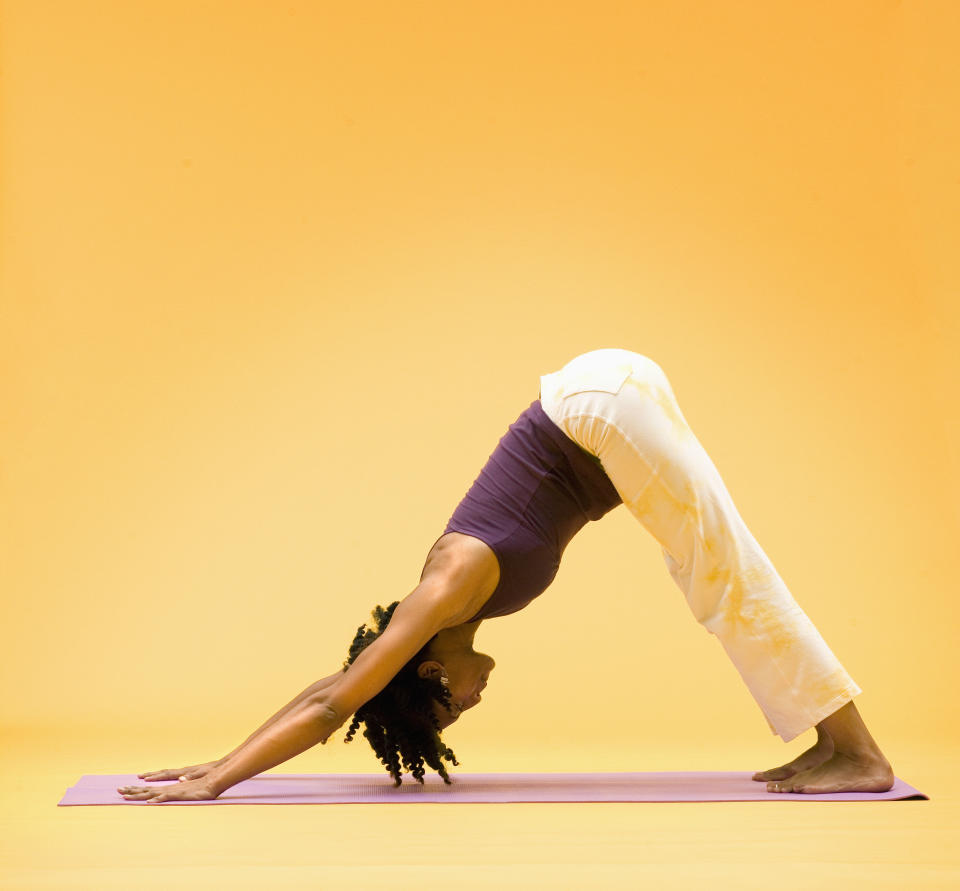
Mountain Pose (Tadasana)
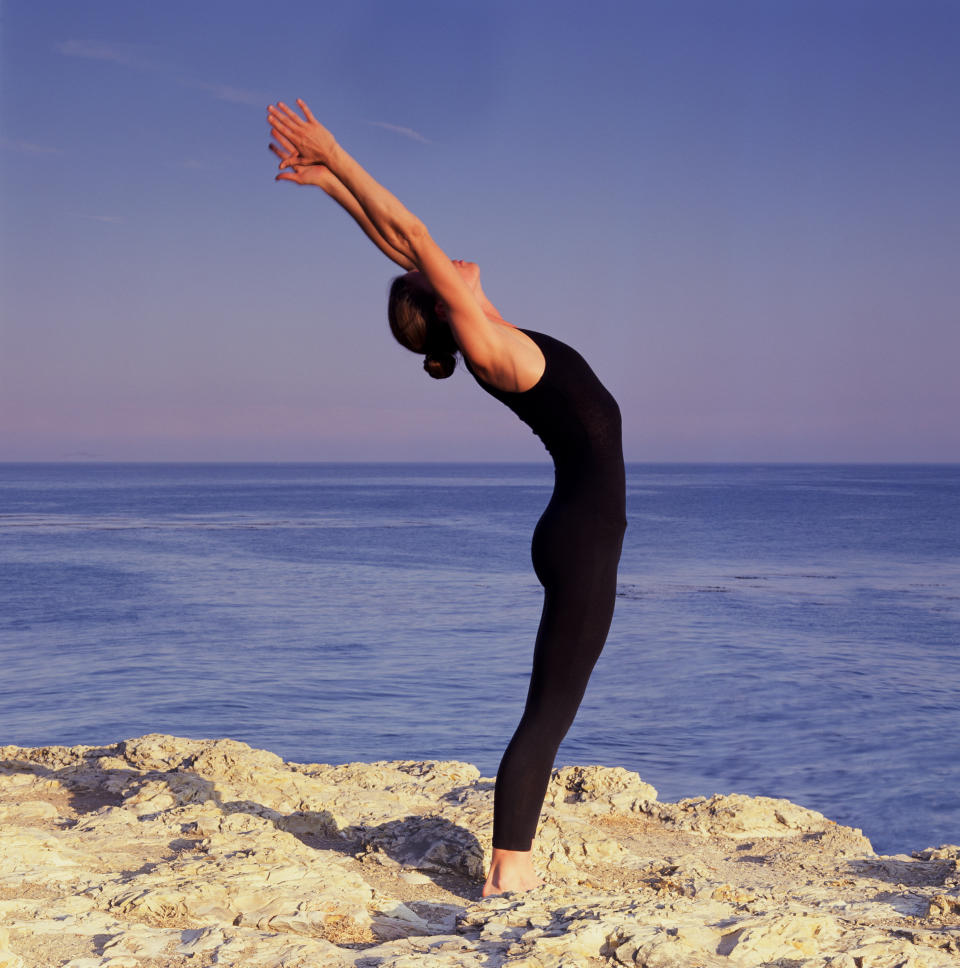
Fish Pose (Matsyasana)

Standing Forward Fold (Uttanasana)
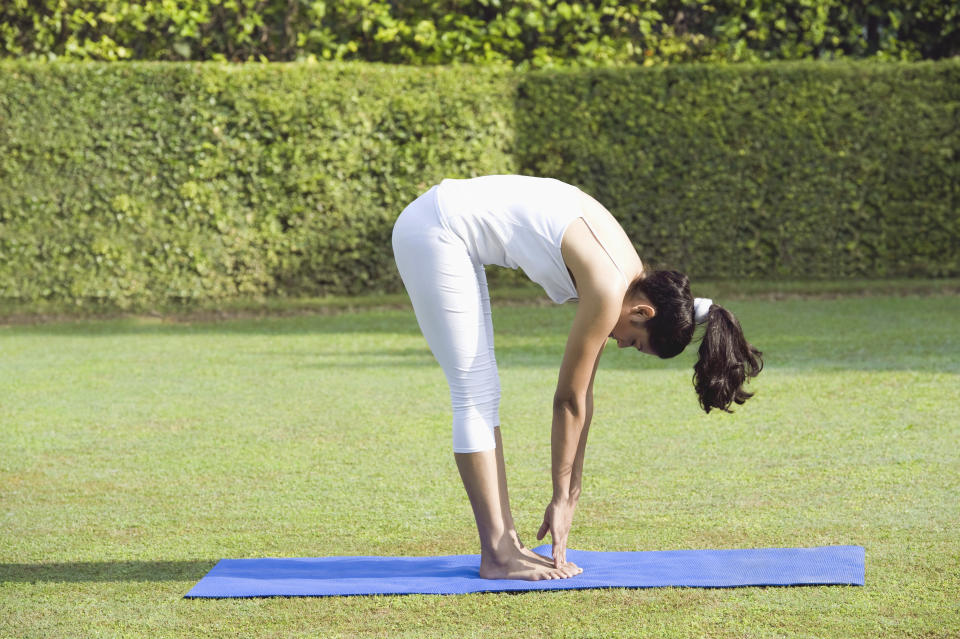
Cat & Cow Pose (Marjaryasana & Bitilasana)
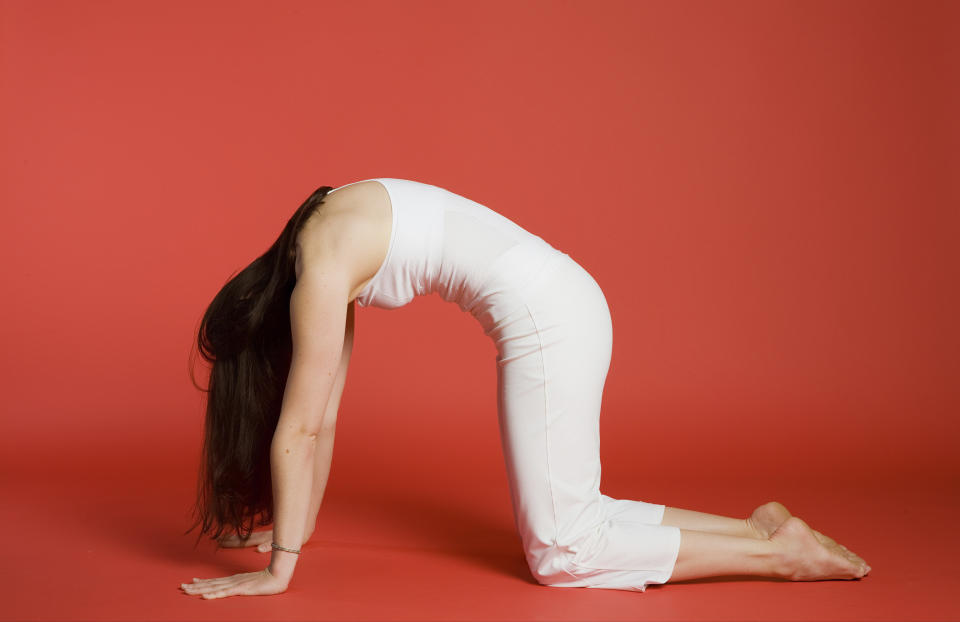
Bound Angle Pose (Baddha Konasana)

Slow Neck Stretches

Cobra Pose (Bhujangasana)

Half Pigeon Pose (Eka Pada Rajakapotasana)
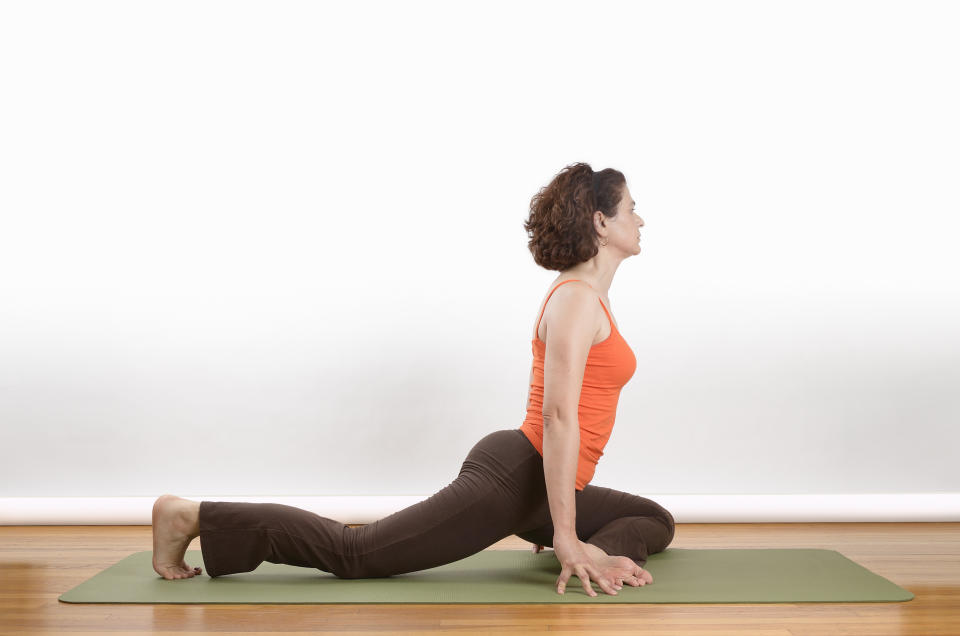
Child's Pose (Balasana)

Happy Baby Pose (Ananda Balasana)
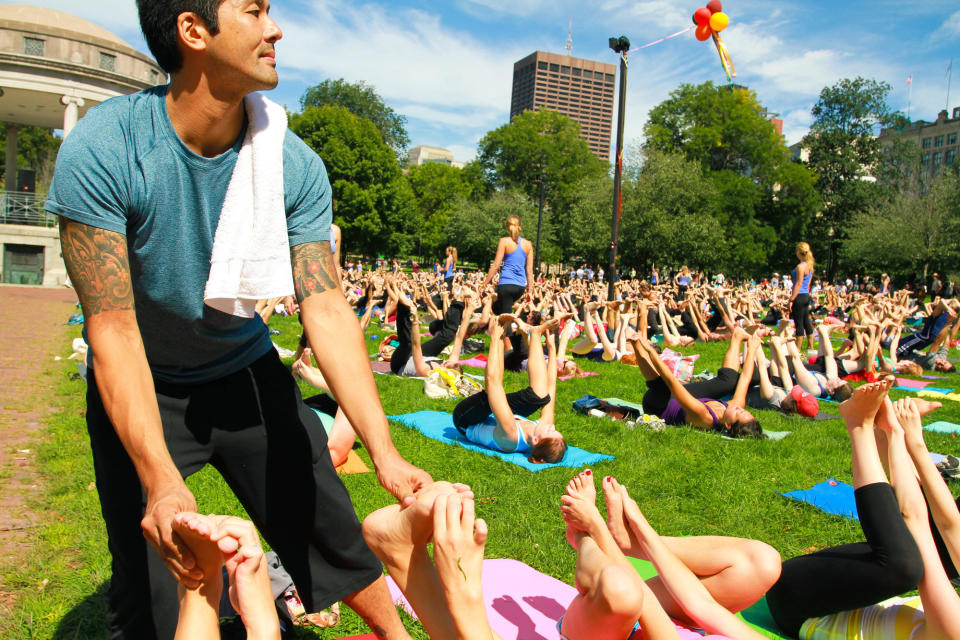
Sitali Breathing

Love HuffPost? Become a founding member of HuffPost Plus today.
This article originally appeared on HuffPost.

